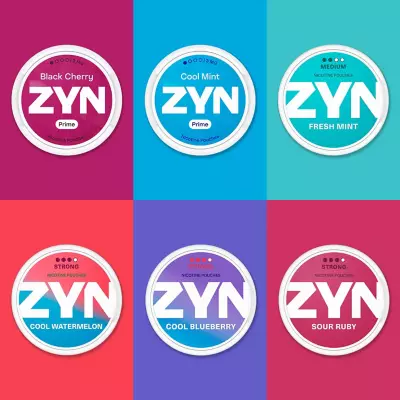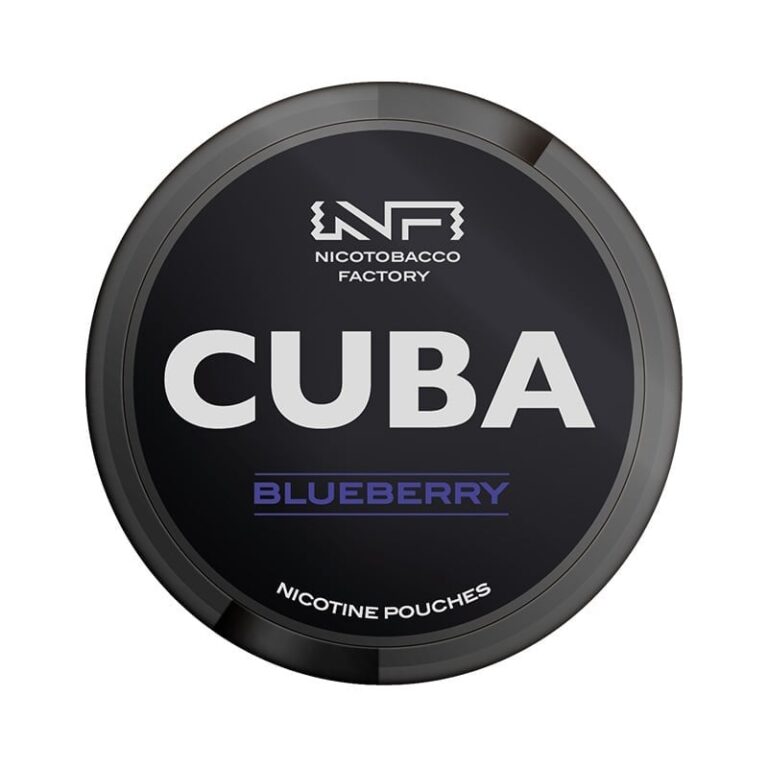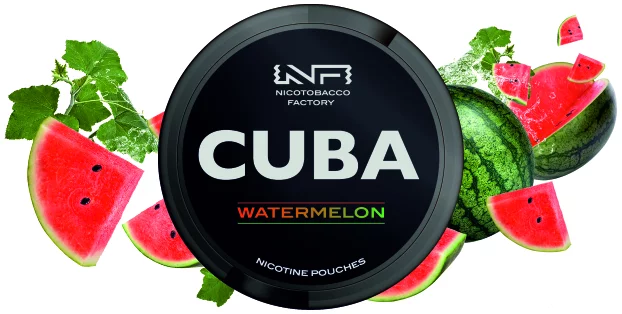Produkcja saszetek z nikotyną: Analiza globalnego łańcucha dostaw
Na podstawie wcześniej dostarczonych materiałów referencyjnych, woreczki nikotynowe są produkowane głównie w trzech kluczowych regionach: Kanadzie, Stanach Zjednoczonych i Szwecji. Przyjrzyjmy się szczegółowo krajobrazowi produkcyjnemu i łańcuchowi dostaw.
Główne lokalizacje produkcyjne
Canada
Kanada stała się znaczącym centrum produkcji woreczków nikotynowych, z TJP Labs w Ontario jako głównym producentem. Ich zakład charakteryzuje się:
- Certyfikatem ISO 9001:2015
- Pełną zgodnością z cGMP/HACCP
- Szybkim sprzętem do napełniania woreczków
- Zaawansowaną technologią do testowania bezpieczeństwa produktów
TJP Labs opracowało innowacyjne technologie, w tym opatentowaną cząstkę nikotyny zgłoszoną w 2024 roku, która poprawia wchłanianie.
United States
W Stanach Zjednoczonych istnieje kilka operacji produkcyjnych:
- ITG Brands (z siedzibą w Północnej Karolinie)
- Operacje Imperial Brands
- Zakłady produkcyjne na zlecenie
W 2023 roku Imperial Brands nabyło gamę woreczków nikotynowych od TJP Labs, aby ułatwić wejście na rynek amerykański, co świadczy o znaczących inwestycjach w krajowe zdolności produkcyjne.
Sweden
Szwecja pozostaje pionierem w produkcji woreczków nikotynowych, charakteryzując się:
- Uznanymi wysokimi standardami produkcji
- Ścisłą zgodnością z przepisami
- Wysokimi cenami (30-50% wyższymi niż u konkurencji)
- Długą historią z podobnymi produktami (snus)
Szwedzcy producenci, tacy jak OEM Pouches, oferują niestandardowe usługi produkcyjne dla globalnych marek poszukujących wysokiej jakości zakładów produkcyjnych.
Wielkość i wzrost rynku
Branża woreczków nikotynowych wykazuje niezwykłe trajektorie wzrostu:
- Rynek globalny (2024): 3,55 miliarda USD
- Rynek globalny (prognoza na 2033): 83,57 miliarda USD (CAGR 33,28%)
- Rynek amerykański (2024): 4,09 miliarda USD
- Rynek amerykański (prognoza na 2033): 49,54 miliarda USD (CAGR 32,56%)
Komponenty łańcucha dostaw
Łańcuch dostaw woreczków nikotynowych obejmuje kilka kluczowych etapów:
- Pozyskiwanie surowców
- Nikotyna klasy farmaceutycznej (pochodząca z liści tytoniu)
- Podłoża roślinne (włókno pszeniczne lub bambusowe)
- Związki smakowe
- Materiały opakowaniowe
- Proces produkcyjny
- Mieszanie nikotyny z podłożami
- Porcjowanie do woreczków
- Dodawanie smaku
- Testowanie kontroli jakości
- Pakowanie i dystrybucja
- Niestandardowe opakowania oparte na regionalnych przepisach
- Regionalne centra dystrybucyjne
- Kanały bezpośrednie do konsumenta i detaliczne
- Zgodność z przepisami
- Różne przepisy w zależności od kraju/regionu
- Wymogi weryfikacji wieku
- Etykiety ostrzegawcze dotyczące zdrowia
Godne uwagi studia przypadków
TJP Labs (Kanada) TJP Labs sprzedało 14 wariantów woreczków nikotynowych firmie Imperial Brands za 65 milionów funtów w 2023 roku. Nadal produkują te produkty na podstawie umowy dla ITG Brands, jednocześnie rozwijając swoją technologię produkcyjną.
Szwedzka premia produkcyjna Woreczki nikotynowe wyprodukowane w Szwecji osiągają 30-50% premii cenowej na rynkach globalnych dzięki ugruntowanym standardom jakości i zgodności z przepisami.
Krajobraz regulacyjny
Przepisy znacząco wpływają na decyzje produkcyjne:
- European Union: Proponowanie wysokich podatków na woreczki nikotynowe
- Netherlands: Wprowadzono zakaz obowiązujący od stycznia 2025 r.
- United States: Nadzór FDA poprzez proces Premarket Tobacco Product Application (PMTA)
- Sweden: Najbardziej progresywne ramy regulacyjne, równoważące innowacje z zgodnością
Wnioski
Krajobraz produkcji woreczków nikotynowych jest zdominowany przez zakłady w Kanadzie, Stanach Zjednoczonych i Szwecji, przy czym każdy region wnosi specyficzne korzyści do globalnego łańcucha dostaw. W miarę szybkiego wzrostu rynku, zdolności produkcyjne prawdopodobnie rozszerzą się w tych ugruntowanych regionach, jednocześnie potencjalnie rozwijając się na nowych rynkach.
Chiny
Łańcuch dostaw papierosów doustnych obejmuje następujące ogniwa:
Upstream (dostawcy)
- Dostawa surowców: w tym tytoń (używany do ekstrakcji nikotyny itp.), surowce chemiczne wymagane do produkcji syntetycznej nikotyny oraz nośniki z włókien roślinnych, takie jak włókno celulozowe, specyficzne włókniny itp. Do odpowiednich firm należą producenci nikotyny, tacy jak Jincheng Pharmaceutical, Boten Co., Ltd. i Rundu Co., Ltd., oraz dostawcy włóknin lub specjalnego papieru, tacy jak Xinlong Holdings, Nobon Co., Ltd. i Xianhe Co., Ltd.
- Dostawa aromatów i zapachów: W celu poprawy smaku i aromatu papierosów doustnych, Huabao Co., Ltd., Boton Group itp. są głównymi firmami w tej dziedzinie.
Midstream (produkcja)
- Produkcja: Obejmuje technologię fermentacji, technologię nikotyny o przedłużonym uwalnianiu, technologię mikrokapsułek itp. Zdolne firmy świadczą usługi projektowania i produkcji produktów dla właścicieli marek, np. Boten Co., Ltd. przyjmuje również zamówienia na półprodukty nikotynowe.
- Ogniwo pakowania: Na przykład Jinjia Co., Ltd. współpracuje z British American Tobacco w zakresie pakowania papierosów doustnych, a Dongfeng Group odnotowuje wzrost działalności w zakresie opakowań z folii aluminiowej.
Downstream (dystrybucja i sprzedaż)
- Działalność marki: w tym przedsiębiorstwa posiadające własne marki i operatorzy reprezentujący marki zagraniczne, tacy jak Philip Morris International i British American Tobacco.
- Kanały sprzedaży: kanały offline, takie jak sklepy spożywcze i tytoniowe, a także kanały online, takie jak platformy e-commerce.
Usługi wspierające
Testowanie i certyfikacja: ze względu na specyficzny charakter nikotyny, produkty muszą przejść rygorystyczne testy i certyfikację, aby spełniać odpowiednie krajowe i międzynarodowe normy i przepisy.
Logistyka i transport: potrzebne są profesjonalne firmy spedycyjne, aby zapewnić bezpieczny i płynny transport produktów do miejsca przeznaczenia.
Współpraca z markami
- Dostarczanie niestandardowych włóknin dla Philip Morris International (PMI), British American Tobacco (BAT) itp. Firmy krajowe, takie jak Jinjia Co., Ltd. (poprzez swoją spółkę zależną rozwijającą opakowania i materiały tytoniowe), są pośrednio zaangażowane.


